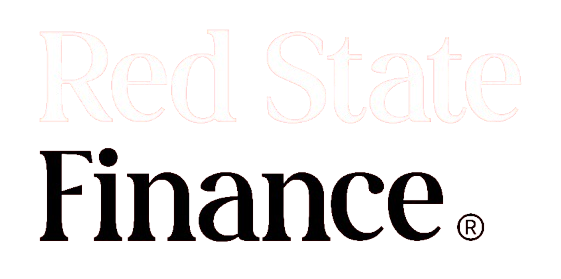As the U.S. Federal Reserve prepares to initiate its long-anticipated rate-easing cycle, there are growing signs that the scale of interest-rate cuts over the coming months may be smaller than many in the market expect. While rate cuts are widely anticipated, some prominent investors and analysts believe the Fed could keep rates at relatively high levels due to the ongoing strength of the economy, arguing that deeper cuts would only make sense if a recession were imminent.
Mohamed El-Erian, former CEO of the bond-focused asset manager PIMCO, expressed skepticism about the depth of future rate cuts. “My sense is that what markets currently expect from the Fed regarding lower interest rates goes beyond what most Fed officials and economists are comfortable with,” El-Erian explained in an email to Reuters. His caution highlights a growing disconnect between market expectations and the Fed’s more measured outlook.
As of Tuesday, expectations for the Fed’s decision on Wednesday were divided between a 50-basis-point and a 25-basis-point cut, with the market leaning toward a larger reduction. However, this anticipation sets up the potential for significant market volatility, especially if the Fed deviates from these expectations. Along with the rate decision, the Fed is expected to update its projections on future rate-cutting plans, providing further insight into its long-term strategy.
In June, the Fed estimated that the long-term “neutral” rate needed to keep inflation under control would be around 2.8%. This neutral rate represents a balance where monetary policy neither stimulates nor restricts economic activity. Currently, investors are pricing in roughly 240 basis points (bps) of rate cuts by the end of next year. This would bring rates down to nearly 3%, from the current range of 5.25%-5.5%. According to Torsten Slok, chief economist at Apollo Global Management, such a pace of cuts suggests a looming recession. “Despite surveys showing that the consensus is expecting a soft landing, rates markets are pricing in a full-blown recession,” Slok noted in a recent statement.
The bond market has already responded to these expectations, with two-year Treasury yields dropping about 140 basis points from their peak in April 2024. As of Tuesday, yields stood at 3.61%, signaling that the market expects interest rates to average that level over the next two years. However, some experts argue that the market’s rate-cut expectations may be overly optimistic. “The bond market has priced in a lot of cuts between now and next year, which is a very aggressive scenario,” said John Madziyire, head of U.S. Treasuries and TIPS at Vanguard. He added that for such a scenario to unfold, the economy would need to slow significantly.
Wei Li, global chief investment strategist at the BlackRock Investment Institute, echoed these concerns, pointing out that recent data indicates a slowdown rather than an outright recession. “Markets have aggressively priced in a slew of Fed rate cuts typically only seen when it is responding to a recession, even though recent data point more to a slowdown than a recession,” Li said. He believes the Fed will not be able to cut rates as deeply or as quickly as some anticipate.
One of the reasons behind this cautious outlook is the ongoing strength of corporate earnings and the stability of the labor market. Ed Al-Hussainy, senior interest rate strategist at Columbia Threadneedle, noted that healthy earnings growth and low default rates in the corporate sector do not justify the deep rate cuts that the market expects. “There is a disconnect between what the market is pricing in and the actual health of the economy,” Al-Hussainy remarked.
In comparison to more aggressive rate-cutting cycles, such as those in 2007 and 2008 when the Fed acted swiftly in response to the financial crisis, some analysts believe the current rate cuts may resemble the more moderate cycles of the 1990s. During that time, the Fed maintained a cautious approach to rate reductions, concerned about inflation due to a strong labor market and economic growth. This approach contrasts with the deeper cuts seen in times of severe economic distress.
For investors, a shallower rate-cutting cycle does not necessarily signal a downturn. Despite initial expectations of aggressive cuts in 2024, the S&P 500 continued to perform well, driven by the strength of mega-cap tech stocks related to artificial intelligence. Bonds, too, have retained their value, even in an environment where rate cuts have been less significant than previously anticipated.
However, risks remain. Vishal Khanduja, co-head of broad markets fixed income at Morgan Stanley Investment Management, warned that persistent inflation alongside slowing growth could create challenges for the fixed-income market. Still, Khanduja remains optimistic that the broader disinflationary trend is intact, suggesting that the Fed’s gradual approach may ultimately prove effective in balancing inflation control with economic stability.
As the Fed embarks on its rate-cutting journey, investors should prepare for the possibility that the cuts may be more measured than they had initially anticipated, as the central bank navigates a complex economic landscape.





